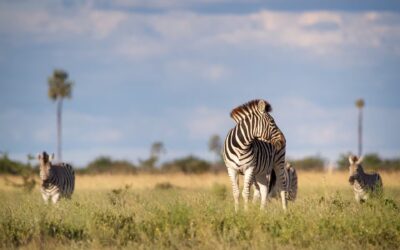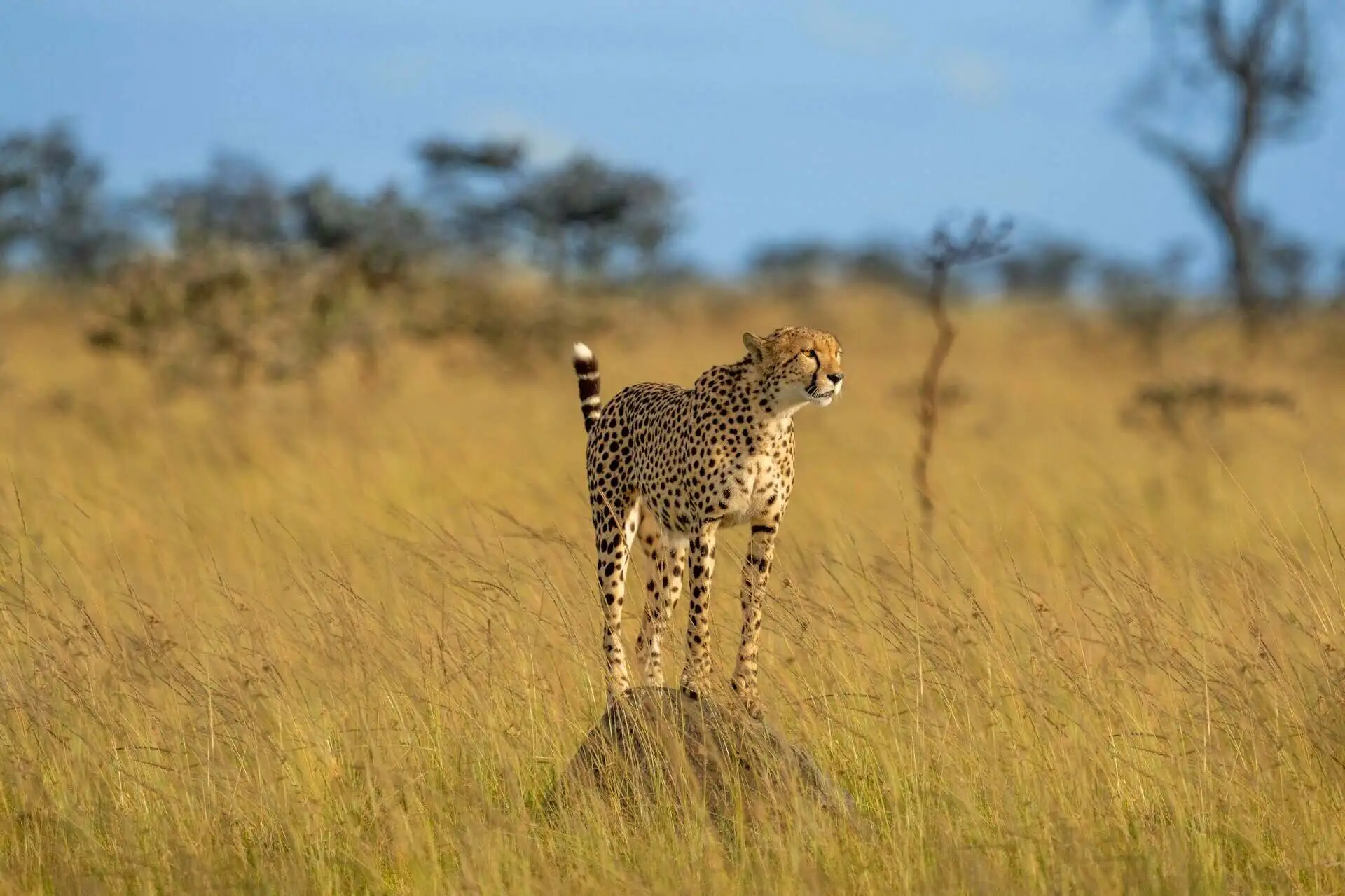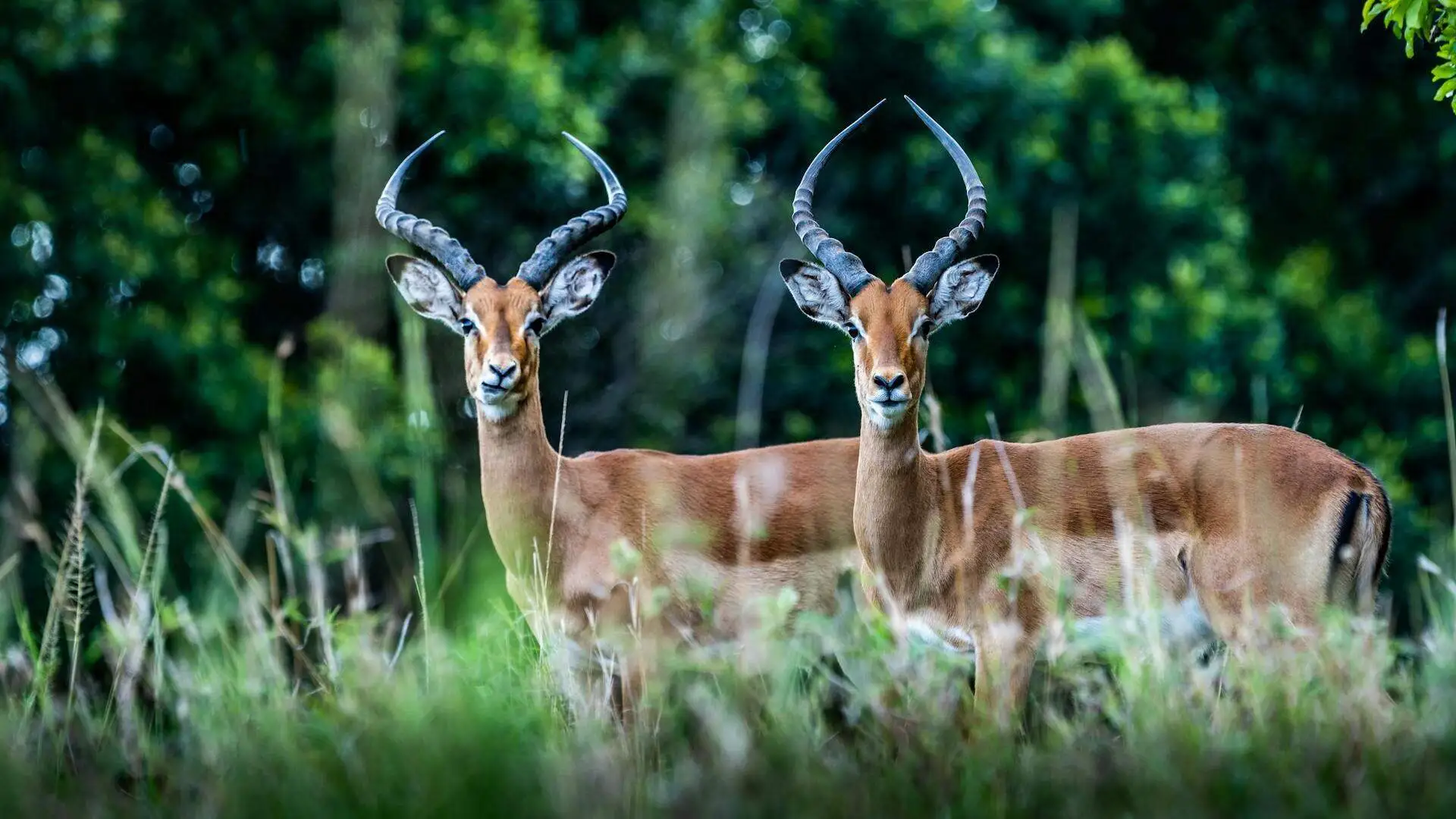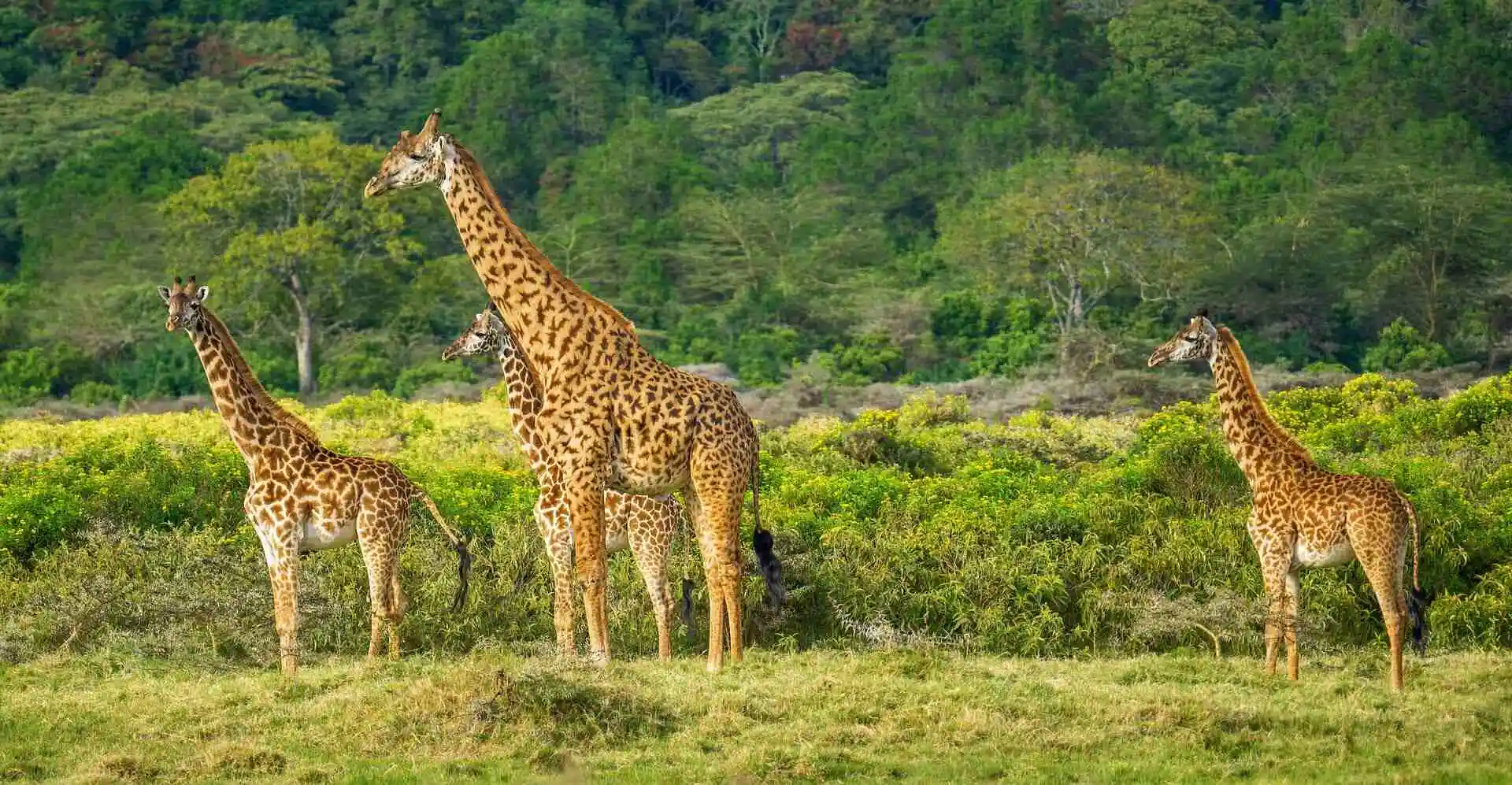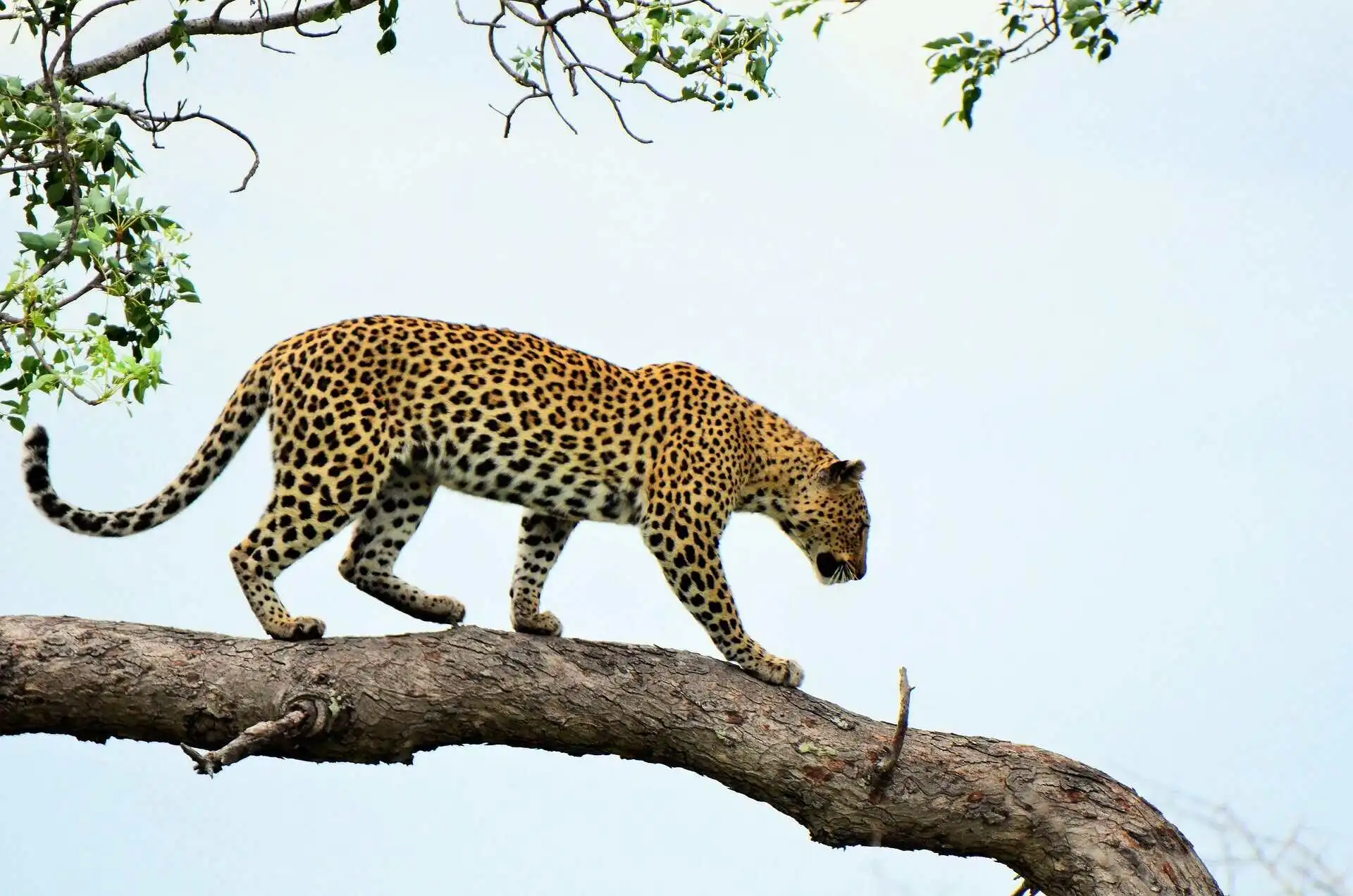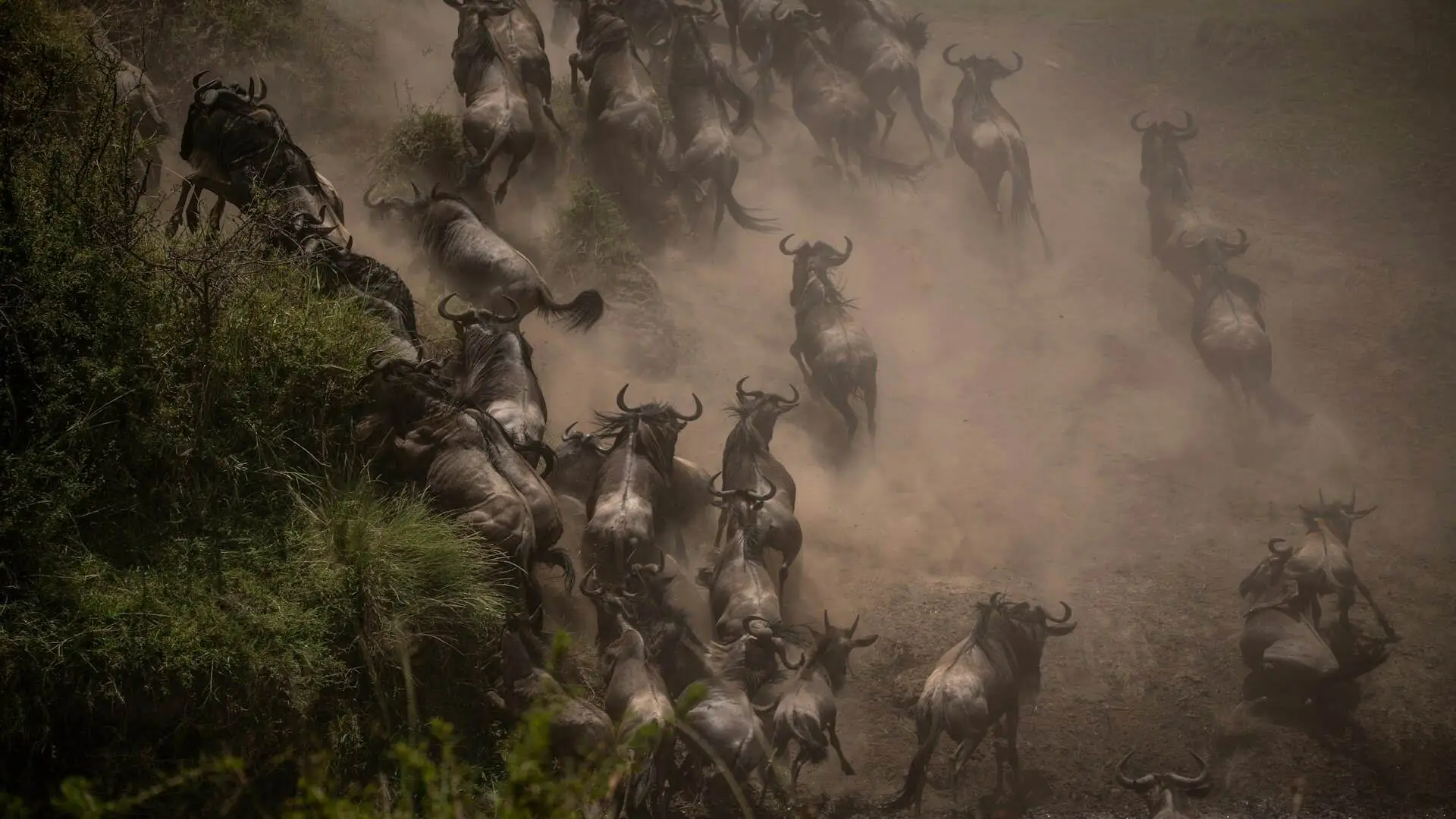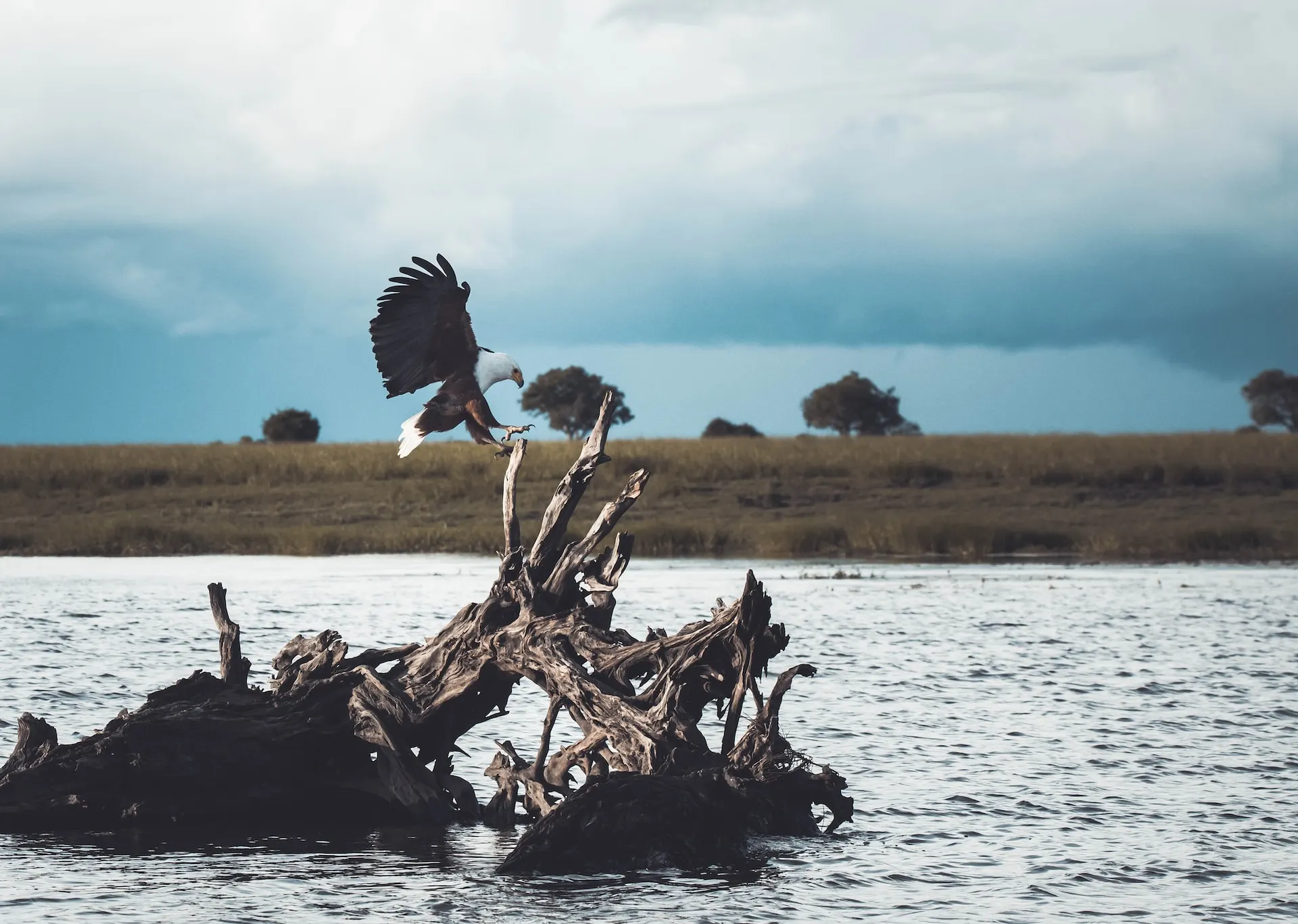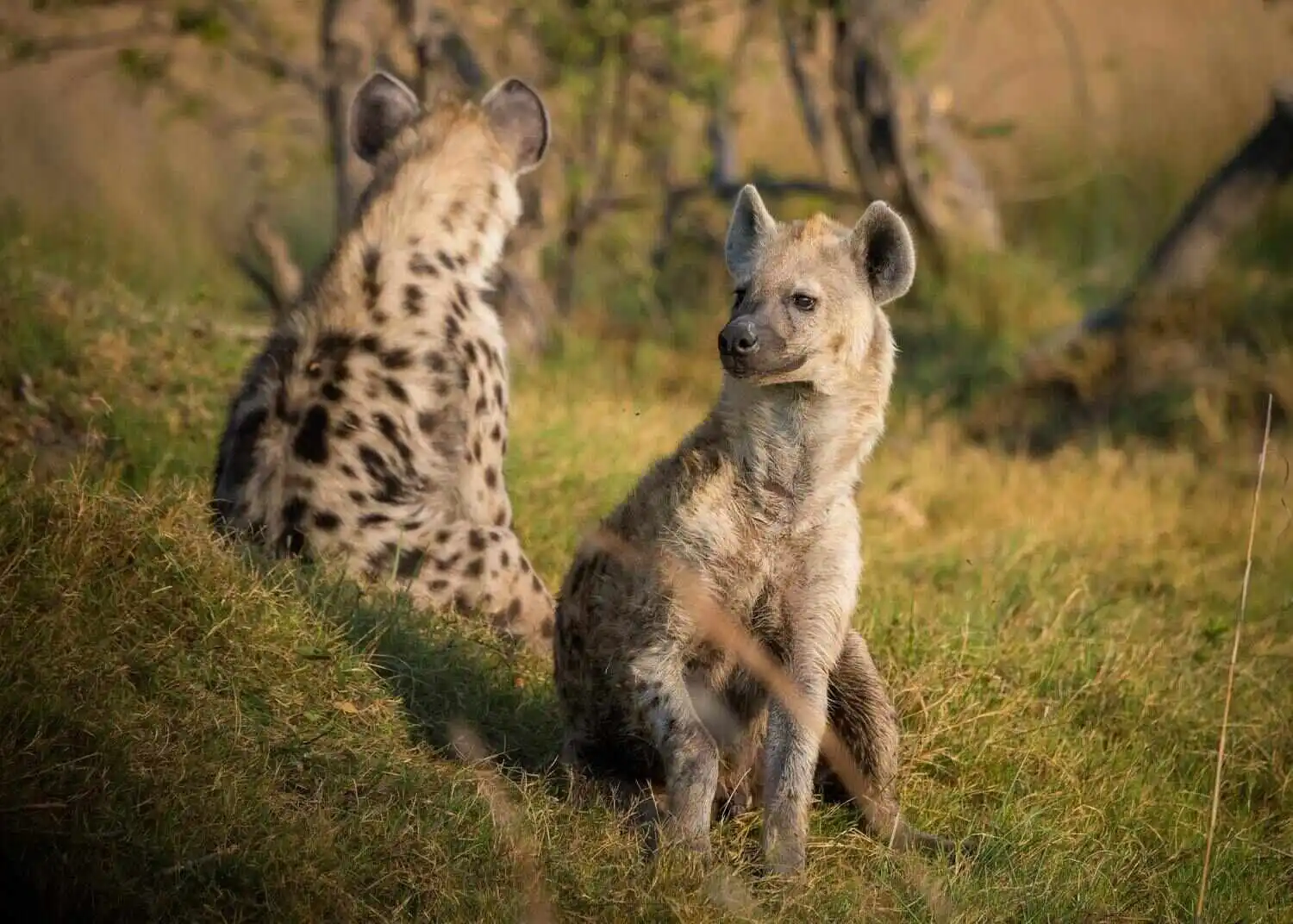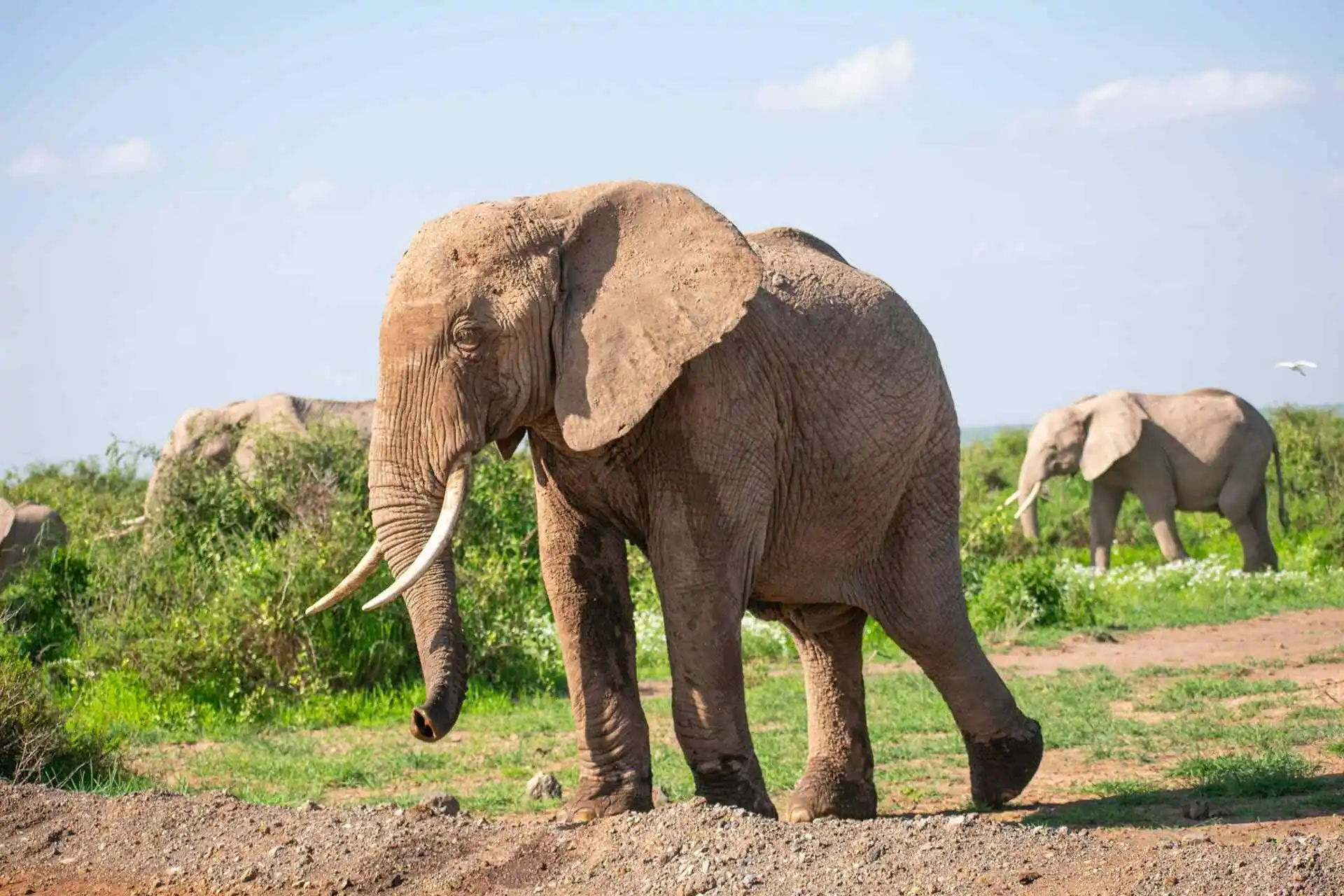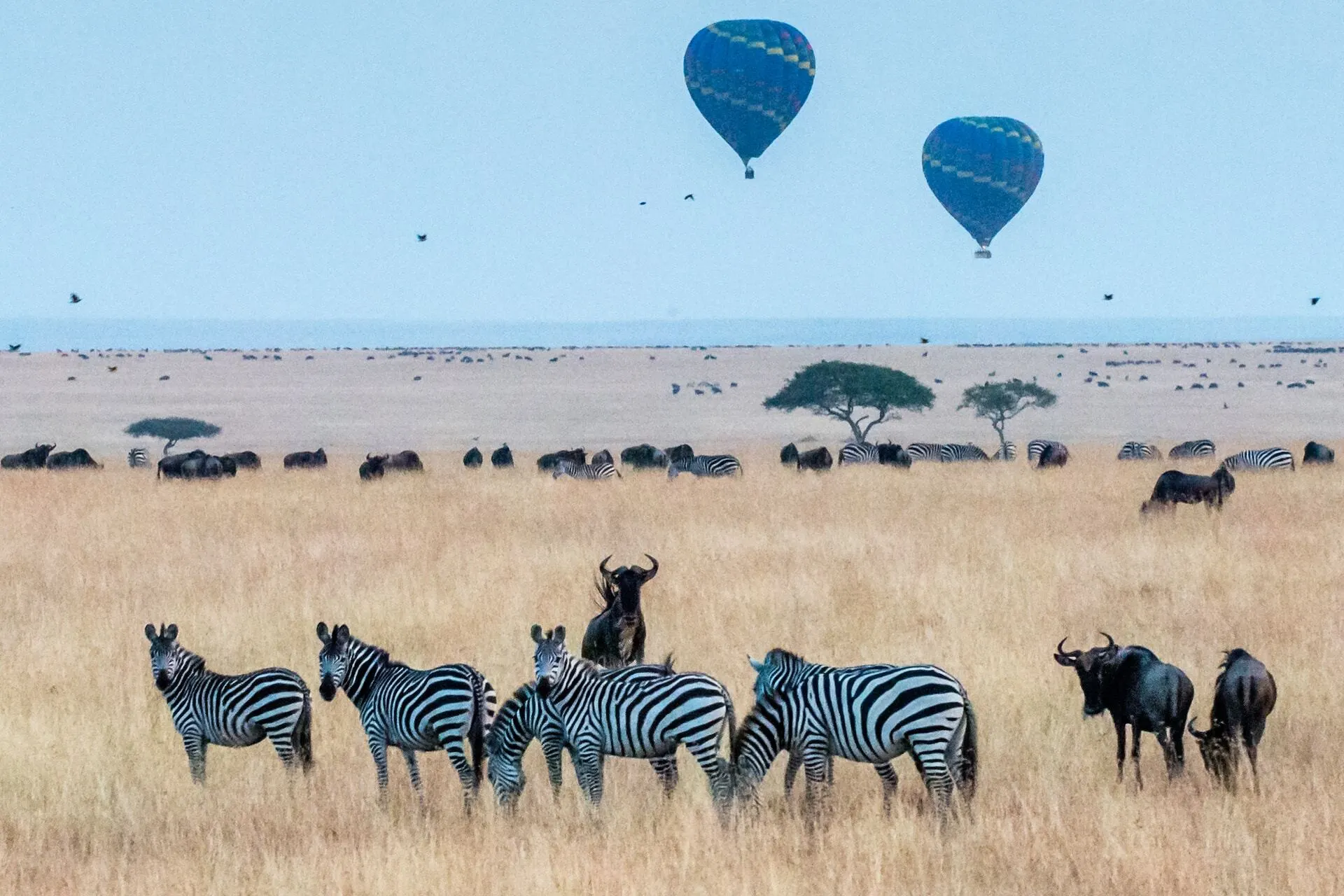Few animals capture our imagination like the elusive black leopard, often called the “black panther.” Known for its shadowy coat and rare sightings, the black leopard holds a special place in African wildlife. In this article, we’ll uncover what makes black leopards unique, where you might be lucky enough to spot one in Africa, and why these rare cats need our protection. Perfect for wildlife enthusiasts and safari lovers alike, let’s dive into the world of Africa’s black leopards.
What is a Black Leopard?
Black leopards aren’t a different species but rather a melanistic version of the regular leopard, scientifically known as Panthera pardus. Melanism is a genetic condition that causes the coat to darken, creating a deep, black color. Despite their dark appearance, black leopards still have the iconic leopard rosettes, which are often faintly visible under certain lighting conditions. These leopards are not only beautiful but incredibly rare, especially in Africa.
Interestingly, India also has its own population of melanistic leopards. Want to know where to spot a Black Panther in India? Check out our guide to Black Panther sightings in India
Key Characteristics of the Elusive Black Leopard
| Attribute | Details |
|---|---|
| Common Name | Black Leopard (often called "Black Panther") |
| Scientific Name | Panthera pardus |
| Family | Felidae |
| Average Weight | 66 - 176 pounds (30 - 80 kg) |
| Average Height | 18 - 31 inches at shoulder (45 - 80 cm) |
| Body Length | 3 - 6.2 feet without tail (90 - 190 cm) |
| Top Speed | Up to 58 km/h (36 mph) |
| Lifespan | 12 - 17 years in the wild; up to 20 years in captivity |
| Geographic Range | Sub-Saharan Africa and parts of Asia |
| Conservation Status | Vulnerable (IUCN Red List) |
| Unique Trait | Melanism (dark pigmentation); faint rosette patterns visible |
Habitat and Range of Black Leopards in Africa
Leopards are versatile creatures, adapting to a range of habitats from forests and savannas to mountainous areas. Black leopards, however, are most often found in dense, forested environments where their dark coat gives them a distinct advantage for stealth. While leopards are widespread across Africa, black leopards have been spotted in specific regions, like Kenya’s Laikipia Plateau and Ethiopia. The forests, hills, and thick vegetation in these regions help them blend into the shadows, giving them a strategic edge in nighttime hunting.
Rarity and Sightings
Historically, black leopards in Africa were mostly folklore until recent sightings confirmed their presence. In 2019, a famous sighting in Kenya’s Laikipia Plateau caught the world’s attention and rekindled interest in this mysterious animal. Black leopards are exceptionally rare due to the genetic mutation that causes melanism, which is more common in the dense forests of Asia than the open savannas of Africa. Their rarity only adds to the mystique surrounding these “ghosts” of the forest.
Top National Parks in Africa to Spot Black Leopards
While sightings are rare, certain African parks offer the best chance to spot black leopards:
- Laikipia Plateau, Kenya: The famous 2019 sighting happened here, making Laikipia one of the most likely places to catch a glimpse.
- Aberdare National Park, Kenya: This forested region provides ideal conditions for black leopards, who rely on the cover of dense vegetation for camouflage.
- Mount Kenya National Park, Kenya: Dense forests and favorable conditions for leopards make this park another potential black leopard habitat.
- Ethiopian Highlands: The Ethiopian highlands, with their thick vegetation, offer suitable conditions for black leopards, although sightings are extremely rare.
Note: Black leopards are very elusive, so while spotting one is a dream for many, remember to enjoy the entire safari experience with the incredible diversity of African wildlife.
Behavior and Hunting of Black Leopards
Black leopards share many behavioral traits with regular leopards. Known for their solitary and territorial nature, they are skilled hunters, relying on stealth and surprise rather than speed. Their dark coat can give them an advantage in dense forests, making it easier to stalk prey unnoticed. As ambush predators, they wait for the right moment to strike, usually at night when they can blend perfectly into the shadows.
Interesting Facts
Here are some intriguing facts about these rare animals:
- Black leopards are regular leopards with a genetic mutation called melanism.
- They still have faint rosette patterns, visible in certain lighting.
- Black leopards are rare in Africa, mainly found in Kenya and Ethiopia.
- Their dark coat helps them blend into shadows while hunting at night.
- Melanism is caused by a recessive gene, making them less common.
- Like all leopards, black leopards are solitary and territorial.
- They adapt to various habitats but prefer dense, covered areas.
- Black leopards are elusive and often spotted by camera traps.
- They can run up to 36 mph (58 km/h) in short bursts.
- They live 12-17 years in the wild and up to 20 years in captivity.
The allure of black leopards lies not only in their beauty but also in their rarity and the mystery surrounding them. These shadowy hunters remind us of the rich diversity of Africa’s wildlife and the importance of conserving these habitats. If you’re lucky enough to encounter a black leopard, it’s truly a once-in-a-lifetime experience. Join conservation efforts, support ethical wildlife tourism, and help protect Africa’s rarest cats for generations to come.


